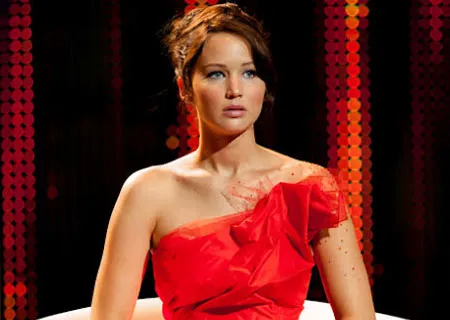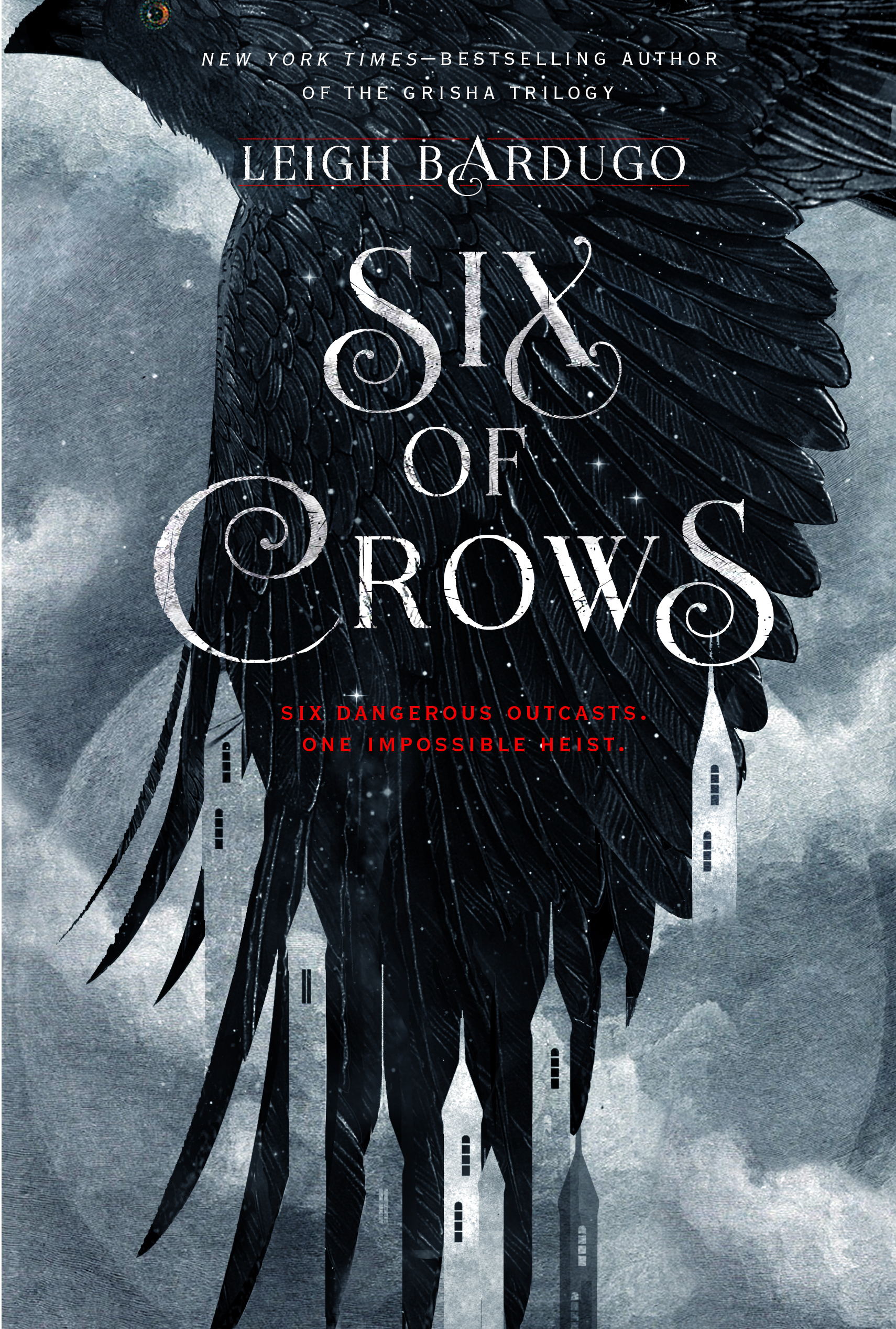![[brief pic description]](https://www.themarysue.com/wp-content/uploads/2015/10/the-hunger-games-style-katniss-girl-on-fire-dress-flickerman-interview.jpg?resize=450%2C320) The makeover is one of the most powerful and controversial tropes in Young Adult fiction. Makeovers are the stuff of deep wish fulfillment, and though the nature of these wishes and modes of transformation may have changed, makeovers still speak not only to the enduring power of beauty, but to our discomfort with its conventions as well.
The makeover is one of the most powerful and controversial tropes in Young Adult fiction. Makeovers are the stuff of deep wish fulfillment, and though the nature of these wishes and modes of transformation may have changed, makeovers still speak not only to the enduring power of beauty, but to our discomfort with its conventions as well.
People frequently cite Pygmalion as the granddaddy of the makeover trope, but it’s more “make” than “makeover,” a creation story in which there is quite literally no room for improvement. My Fair Lady was inspired by the Pygmalion myth, but there’s a fundamental difference in the narratives: Henry Higgins doesn’t create Eliza, he molds her. Creepy paternalism aside, one could argue that it’s Eliza’s inherent beauty and spark that animate her transformation, and that her considerable spine allows her to survive the Higgins crucible. Even if the value of the prize she earns for her efforts is debatable.
Like Eliza, Cinderella is a gorgeous girl who everyone disregards because she is a servant, because her beauty has been hidden by grime and the invisibility of her class. Then along comes the fairy godmother—not to transform her, but to reveal her true beauty. Cinderella’s fairy godmother doesn’t make her beautiful so much as she makes her visible. She wipes away the cinders and then decks out the heroine in all the trappings that will allow her to transcend class.
Of the many false constructs in fairytales (beauty=goodness, mothers=saints, stepmothers=sociopaths), the way that class is so easily obliterated may speak to the deepest wish at the heart of these makeovers. In the pseudo-medieval era of most fairytales (as well as in Victorian England and 18th Century France when many of these stories were retold and codified), class was everything. A pretty girl attracting the notice of a powerful man could be a very dangerous and complicated thing. You might end up as a mistress, but you might just as likely end up on your back with nothing to say about it and no means of protest or retribution. You definitely didn’t end up as a princess. So, in the elevation of Eliza and Cinderella we see the most radical kind of magic: one that transgresses class.
At the same time, we can’t get around the fact that once the rough has been removed we’re still left with two fairly standard diamonds: the doors to the castle do not open for homely girls with spirit or smarts. They open for beauty.
In the modern world, beauty actually can trump class and bestow economic opportunity. Class divisions still exist but they’ve become decidedly more malleable. So, in some ways, beauty has become an even more valuable commodity because it really can take the small town boy or girl to fame and fortune (or at least a few years landing commercial gigs and a stint as a bartender at a Hollywood hotspot).
When Katniss is made over in The Hunger Games, it is a brutal, commodifying experience that lays bare exactly what beauty means in her world and makes us question what beauty means in ours. At the same time, it retains the fundamental power of the old-school makeover by performing a revelatory function: Katniss becomes the Girl on Fire. She becomes visible in a way that other members of her class are not—and that visibility becomes essential both to her survival and her ability to incite revolution. Katniss has skills, but her popularity depends not just on her strength or deadly aim, but on her and her handlers’ ability to capitalize on her image, a truth reinforced throughout the trilogy.
Scott Westerfeld’s Uglies addresses the power of the makeover directly. It becomes institutional—a violent act that threatens the core self instead of revealing it. This is true transformation and it is terrifying. Westerfeld not only subverts the makeover’s unspoken intent (conformation to an ideal), he undermines the original wish at the heart of the fairytale makeover: See what others have overlooked. See value in me as I truly am.
Not surprisingly, in recent series, the fairy godmother or mentor figure is increasingly suspect or altogether absent in the process of revelation. In City of Bones, Clary’s ability to see others is what makes her visible to them and takes her on the path to discovering her true identity. Meanwhile, parents and teachers, those traditionally entrusted with guiding her through transformation are rendered helpless or as antagonists. In Divergent, Tris reveals her gifts and attains visibility through achievement. Four serves as a teacher but he is less a mentor than a true compatriot and when he enables transformation, it is through lessons of self reliance rather than external change. (Interestingly, Tris leaves behind a faction that rejects visibility and joins one which literally tattoos expressions of self on the skin.)
As in Uglies and Hunger Games, those in control of transformation, the gatekeepers to visibility, are not to be trusted. Cinna is an exception, but he’s also notable in that he is not above these processes the way that magical mentors of the past have been. He is a player in the story and a victim of it in a way that a traditional fairy godmother is not.
As for Cinderella retellings, in Malinda Lo’s Ash, the transforming force appears first as salvation but quickly becomes predatory, demanding a place in the narrative instead of harmlessly overseeing it. In Marissa Meyer’s sci-fi Cinder, the closest thing our heroine has to a fairy godmother is a snarky robot—a companion there to observe and occasionally lend help, but hardly the magic ex machina of old. Interestingly, Cinder is a mechanic. She’s still a drudge, but she’s a skilled drudge. It’s her ability that garners the attention of a prince, not just her appearance, and this attention has repercussions far beyond happily ever after.
But if the construct of the makeover is changing, the power of beauty is still very much alive in YA, and it’s a power that we don’t seem entirely comfortable talking about. The makeover trope I see most frequently is the wholly artificial construct of the beautiful girl who doesn’t know she’s beautiful. It takes the arrival of the love interest to make her beauty visible through his gaze. To me, this may be the most destructive variety of makeover not only because of the way it locates power, but also because it is so patently false.
High school is an environment in which beauty of a particular type is coveted and worshipped. Most teenage girls are keenly aware of this and how they measure up to the going standard. They may reject it. They may bemoan it. They may embrace it. But they’re aware.
Once the heroine is revealed by the lover’s gaze, her beauty usually embodies a very specific standard—clear skin, glossy hair, willowy build. And yet, through all of middle school and high school she has never noticed these traits. The most damning element of this version of the makeover trope is the way this blindness is presented as a kind of virtue and juxtaposed against a flighty friend or vain enemy whose very consciousness of her attractions is damning.
Beauty, particularly the way heroines see themselves, is a touchy subject when it comes to YA. We want to challenge all those faulty constructs that equate beauty and goodness. We know that beauty still retains tremendous power in our world and we want to deny it. And yet, we’re not prepared to reject the wish fulfillment elements that beauty and artifice represent.
We want our girls to grow up not caring about how they look, and yet, we keep creating heroes and heroines who just happen to be stunning. Love interests are still gorgeous and they still wax ecstatic over the external traits of the objects of their affection. So physical attraction and beauty remain essential to the romantic narrative, and the “oblivious pretty” trope starts to operate like a cruel trick: Beauty becomes something to be born into or stumbled upon. To work toward it, hunger for it, even be aware of it, makes you shallow, vain, maybe even less worthy of a hero’s attention.
In a way, we’re just creating a more impossible ideal, one that embraces the mirror’s magic, but asks the reader to reject her own reflection. Now who’s unfairest of them all?
Leigh Bardugo is the NYT-Bestselling author of The Grisha Trilogy: Shadow and Bone, Siege and Storm, and Ruin and Rising. Her latest book is Six of Crows.
—Please make note of The Mary Sue’s general comment policy.—
Do you follow The Mary Sue on Twitter, Facebook, Tumblr, Pinterest, & Google +?









